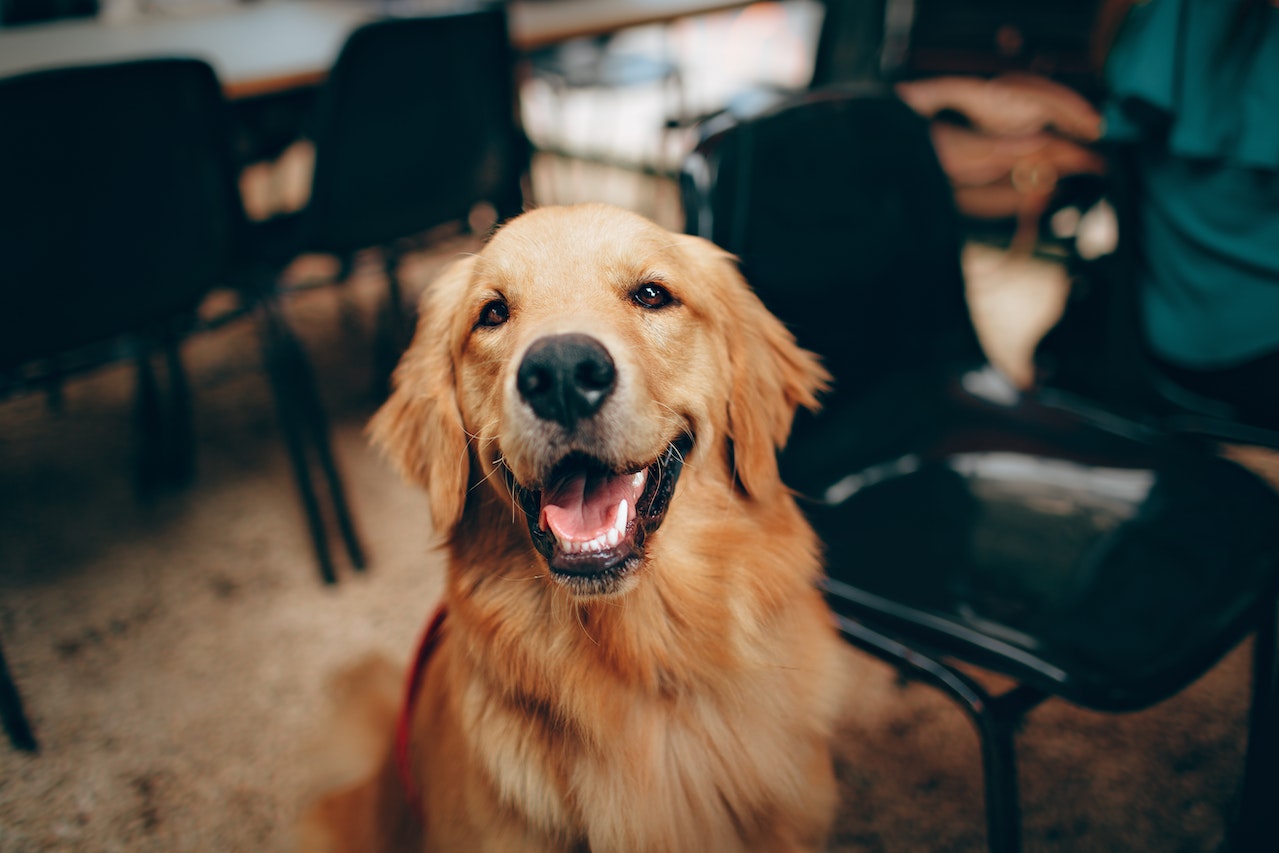When Do Labs Stop Growing? What Affects Growth?
A question many Labrador puppy owner ask is when do labs stop growing? When you have a Labrador puppy running around the home, time goes by quickly. In a short time, your puppy will begin to look like an adult dog. But when will your puppy become a fully grown dog? We will talk more about it in this post. We will explain when a Labrador will stop growing.
A fully developed Labrador stands between 22 and 25 inches tall. And the weight ranges from 65 to 80 pounds. The sizes and weights can be different between males and females. But they fall in between the height and weight ranges mentioned above.
Have you ever wondered when Labradors stop growing? Read and find the answer below.
When Do Labradors Stop Growing?
Labradors stop growing after nine months of age, according to their growth chart. This is the point at which their skeletal development is complete. If your dog continues to grow, it will be in weight rather than height.
Labs aren’t entirely mature until they’re 7 to 9 months old. And their muscular developments take longer than that. Muscles in your Labrador begin to mature between 12 and 18 months. Even it may take more than 18 months to reach full maturity.
How big is your labrador going to be?
A female Lab will grow between 21 and 24 inches tall. But your Lab could get shorter or taller as they age if they are purebred dogs. The average height of a male Labrador is between 22 and 25 inches.
By the ninth month, you should have a full-grown Labrador running around the home. And, as is customary, your dog’s behavior alters as they grow older. This is also related to hormonal changes. Regular training and physical and mental stimulation are important at this age.
Female Labs weigh between 55 and 70 pounds. A male Lab will weigh more than a female. The male is around 10 pounds heavier than the female.
So when your Lab starts growing, muscular and fatty tissues grow inside their body.
Another important question about Labs is what factors determine their growth?
Factors Influencing Physical Growth
If you raise two Labradors together, they will not grow similarly. Especially if both Labradors have unique inherited and genetic characteristics.
This raises the age-old question of nature vs. nurture. You may not be able to regulate dogs’ genetic and inherited factors. However, you have complete choice over how you raise your Lab.
What you can do is as follows.
1. Neutering
Neutering or spaying your Labrador at a young age can affect his optimal growth. This is because you are deleting his sexual hormones before they mature. When he reaches sexual maturity, he won’t feel a sexual need, and he can reach optimal growth due to lacking these hormones.
Most veterinarians would advise you to get your dog neutered at an early age. Adult dog neutering may result in hip dysplasia. It is a disorder that results in abnormally lengthy bone development. As a result, joint conformation and other growth difficulties arise.
2. Workout
You can help your puppy’s growth by exercising him regularly. He’s less likely to bulk up and more likely to develop a muscular physique. It boosts endurance, alleviates anxiety, and supports improved digestion and heart health.
Exercise, as it does in people, can help with various issues in dogs. Regular workouts will have an impact on your Labrador’s growth.
However, according to one recent study, excessive activity may result in a growth abnormality. It occurs when a dog’s growth plates are partially destroyed. Only intact cells expand to a healthy size, while injured cells freeze in time.
3. Diet
Assume you have two Labs with identical genes and pedigree. However, you decide to feed one Labrador high-quality, nutritional food. And you decide to feed the other Labrador regular dog food. Their physical and cognitive development will be significantly different.
This is due to the importance of food and nutrition. Labradors require a nutritional balance that promotes growth and development. Other health problems might result from both underfeeding and overfeeding. This could limit their natural height and build.
Also, your Lab needs vaccination, rabies shot, and regular health examinations. Food allergies in your Labrador might cause breathing and skin problems. Obesity in puppies can be caused by not bringing them for walks.
Even if you feed your dog a balanced diet, worm infection can deplete important minerals. To avoid allergies, stomach discomfort, infections, and bowel obstructions, buy foods high in protein, fiber, and vitamins.
Conclusion on When Do Labs Stop Growing?
When do Labradors stop growing? By nine months, your Labs may have reached full height. However, he still has a long way to go. Muscular development is just as crucial as bone development.
You should now be aware of the maximum height and weight of a male and female Labrador . So you’ll know what to expect if you decide to get a dog. Also, keep an eye out for birth abnormalities or deformities.
Taking good care of your puppy can greatly impact his development. Food, diet, nutrition, exercise, and sterilization contribute to your dog’s general health and temperament. But not many people know that it affects the body’s growth as well.
Your Lab will be fully grown by the time you celebrate his first birthday. Factors that influence your dog’s growth are his genetics and how well you feed and exercise him.

